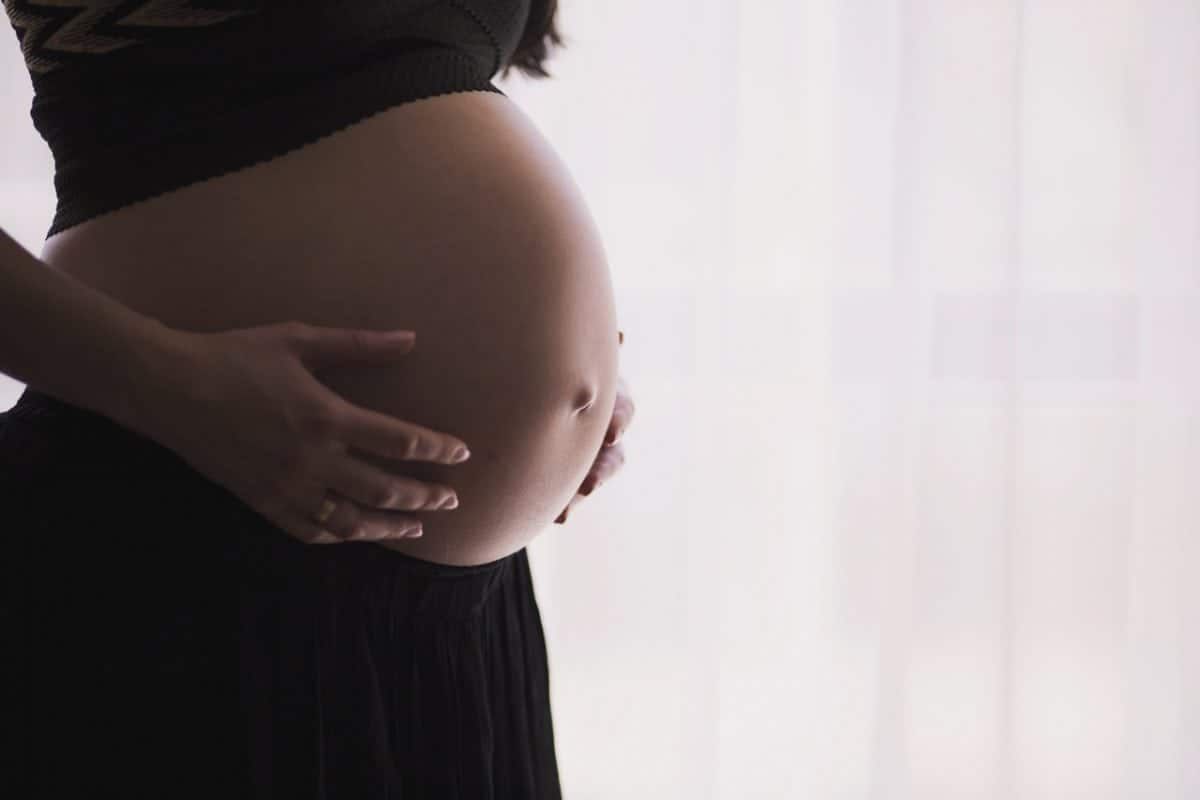
Couples desperate for a baby have been given new hope after a birth control app revealed just one in eight women have regular periods.
Scientists investigated over 600,000 menstrual cycles and more than 124,000 women worldwide in a bid to understand when women are more and less likely to become pregnant.
They found only 13 per cent have 28-day-cycles – and identified “fertile windows” that could benefit many women hoping to fall pregnant.
Co-author Prof Joyce Harper, of University College London (UCL), said: “Our study is unique in analysing over half a million cycles and re-writing our understanding of the key stages.
“Traditionally studies have concentrated on women who have approximately 28 day cycles and these studies have formed our understanding of the menstrual cycle.
“For the first time our study shows that few women have the text book 28 day cycle, with some experiencing very short or very long cycles.”
UCL researchers used the Natural Cycles app to compare women’s periods with age, BMI and body temperature.
Findings revealed an average menstrual cycle of around 29 days based on analysis of 600,000 menstrual cycles from almost 125,000 women in the UK, USA and Sweden.
Around two in three women (65 per cent) had cycles that lasted between 25 and 30 days, according to the findings.
Prof Harper said: “We studied all women who used the app.
“We also demonstrate that ovulation does not occur consistently on day 14 and therefore it is important that women who wish to plan a pregnancy are having intercourse on their fertile days.
“In order to identify the fertile period, it is important to track other measures such as basal body temperature as cycle dates alone are not informative.”
Women’s periods begin and end with menstrual bleeding and is divided by ovulation into two phases – the follicular and luteal phases.
Researchers found the average follicular phase length was almost 17 days and the average luteal phase length was around 12-and-a-half days.
Women aged between 25 and 45 had slightly shorter periods on average while for obese women, the average menstrual cycle was 14 per cent longer.
Cycle length variability was less likely in non-obese and underweight women.
Co-author Dr Simon Rowland, head of medical affairs at Natural Cycles, said scientists should adopt a tailored approach to identify fertile windows, based on the results.
He added: “Apps giving predictions of fertile days based solely on cycle dates could completely miss the fertile window.
“It is therefore unsurprising that several studies have shown that calendar apps are not accurate in identifying the fertile window.
“Besides the potential benefits to the individual, fertility awareness apps and the associated databases of fertility data provide a unique opportunity to examine a large number of menstrual cycles in order to improve understanding.”
Data was collected from women using the app between September 2016 and February 2019 aged 18 to 45.
Women had a BMI between 15 and 50 and had not been using hormonal contraception within the 12 months prior to registration and reported no menopausal symptoms.
The authors noted the main limitation of their research was that it derived solely from users of the app who may not be representative of the wider population.
In particular, only 8 per cent of women in our study were obese compared to 15 per cent of women in the general population.
Prof Harper added: “The widespread use of mobile phone apps for personal health monitoring is generating large amounts of data on the menstrual cycle.
“Provided that the real-world data can be validated against traditional clinical studies done in controlled settings, there is enormous potential to uncover new scientific discoveries.
“This is one of the largest ever analyses of menstrual cycle characteristics.
“These initial results only scratch the surface of what can be achieved. We hope to stimulate greater interest in this field of research for the benefit of public health.”
The findings were published in the journal npj Digital Medicine.